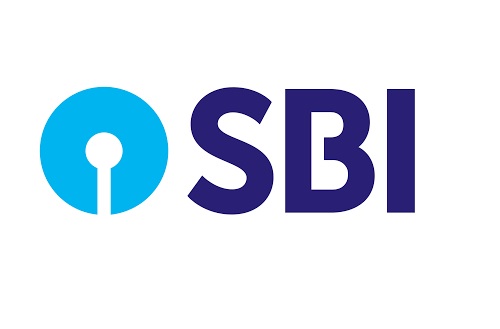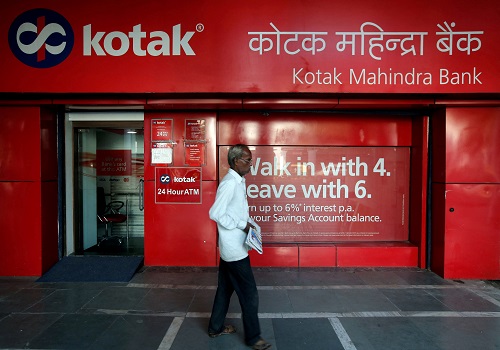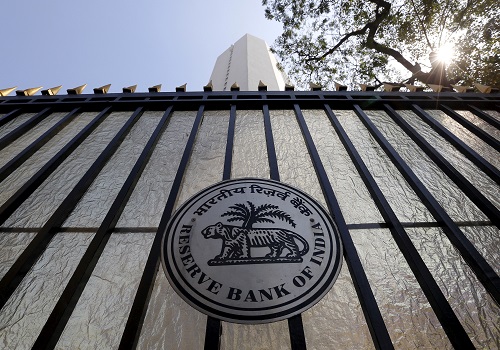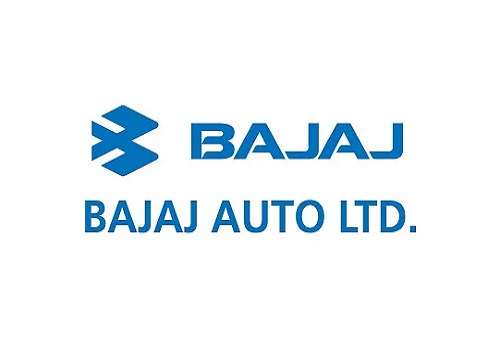Buy State Bank of India Ltd For Target Rs. 600 - Motilal Oswal

Follow us Now on Telegram ! Get daily 10 - 12 important updates on Business, Finance and Investment. Join our Telegram Channel
PPOP conversion to PAT gaining traction; asset quality resilient
Robust performance by subsidiaries – contributes ~32% to overall SoTP
* SBIN has demonstrated a strong improvement in asset quality, with GNPAs declining by 43% over the past three years, while PCR increased to 68% currently from 40% four years back. Fresh slippages moderated sharply to 1.2% in FY21 (2.5% in 1QFY22), lower v/s many of its private peers.
* AUCA book stood at INR1.72t – higher than the GNPL pool, with recoveries in the 6- 11% range. Over the past five years, the bank has recovered ~INR400b from the AUCA book. We expect the recovery trends to continue as the IBC process gains pace after a long pause due to the COVID-19 restrictions.
* SBIN appears well positioned to report strong uptick in earnings, led by moderation in credit cost from FY22. The bank has historically delivered over 15% RoE for 10 years, before the worst phase of the corporate cycle hit earnings to the point that it reported back-to-back losses in FY17/FY18. During FY19-21, SBIN has shown a remarkable improvement in asset quality, reducing net NPLs to 1.8% at present from 5.7% in FY18, while PCR stands comparable to many well-run Private Banks.
* We estimate 14% CAGR in PPOP over FY21-23E (v/s 6% CAGR over FY18-21). Overall PPOP to provision coverage should strengthen to 2.5x by FY23E (v/s an average of 1.3x over FY18-21), while RoE expands sharply to ~15% and reach their decadal highs in FY23E. SBIN remains among our top Buys in the Banking space with a TP of INR600 (1.4x FY23E ABV+INR190 from subsidiaries/JVs).
Balance Sheet cleansing largely over; asset quality outlook strong
SBIN’s focus on strengthening its Balance Sheet has enabled a sharp decline in GNPAs to INR1.3t in FY21 from INR2.2t in FY18. GNPAs declined by ~43% over the past three years, while PCR increased to 68% at present (85% PCR on the corporate book) from 40% four years back. The bank has cumulatively written off INR1.5t since FY18.
The improvement in asset quality has been sharper than most peers, including Private Banks. While 1QFY22 saw a marginal increase, we believe that the Balance Sheet cleansing is largely complete, with the focus to shift to earnings recovery and pursuing growth. Controlled restructuring (0.8%) and SMA book (0.5%) provides further comfort on asset quality and will drive a sustained reduction in credit cost.
AUCA book has increased to INR1.72t; recoveries to support earnings
SBIN’s AUCA book has increased to INR1.72t (18% CAGR since FY18). This is now significantly higher than the GNPL pool, with historical recoveries in the 6-11% range. Over the past five years, the bank has recovered ~INR400b from the AUCA book. We expect recovery trends to continue (SBIN expects recovery of over INR100b over FY22) as the IBC process gathers pace after a long pause due to the COVID-19 outbreak.
Even prior to IBC, the bank reported a 9-11% historical recovery rate from its AUCA book. In FY21, normal recoveries were higher ~61%. There are few other big ticket accounts under resolution like DHFL, etc., which would support asset quality and an earnings recovery.
Mix of doubtful and loss NPLs rises to 39% v/s 10% in FY18
The mix of loss and D3 assets combined has increased to ~39% v/s ~10% in FY18. This signifies the diminishing requirement of ageing provisions and higher recovery prospects from fully-provided/written-off accounts. It now has 85% coverage on its Corporate book, while overall PCR, at 68%, stands higher than what is required as per the ECL methodology. Management has conservatively guided at credit cost of up to 2% for FY22, led by higher provisioning requirement in the SME and Agri book.
Asset quality performance resilient in 1QFY22, despite the second COVID wave
Despite a challenging 1QFY22 on account of the second COVID wave, the bank demonstrated a resilient performance, as fresh slippages stood at INR156.7b (annualized slippage ratio of ~2.6%, which was lower than many private peers). Although slippages were slightly elevated, led by the Retail/SME portfolio, the management clarified that slippage worth ~INR48b had already been recovered/upgraded in Jul’21. GNPA/NNPA ratio stood at 5.32%/1.77%, while PCR stood at 67.9%. The restructured book remains in check, while SMA 1/2 (exposure of over INR50m) was stable QoQ at 0.5% of loans. This bodes well for asset quality trends in the coming quarters.
Subsidiaries remain strong industry-leading compounding machines
SBIN’s subsidiaries – SBI MF, SBI Life Insurance, SBI General Insurance, and SBICARD – have displayed robust performances and turned market leaders in their respective segments. The contribution of subsidiaries to SoTP has increased significantly, they now contribute ~32% to SoTP (~42% on the CMP). We expect the robust performances from subsidiaries to continue and add value to overall SoTP. Value unlocking from SBI MF and SBI General Insurance could result in further gains.
The elephant is set to dance; RoE to improve to ~15%
SBIN’s earnings in FY21 have been more than the sum of what it did in the preceding five years (FY16-20). Its FY22 earnings will be close to the sum of the past six years (FY16-21). SBIN appears well positioned to report a strong uptick in earnings, led by normalization in credit cost. This, along with an expected uptick in core operating performance, will further propel earnings growth. We estimate PPOP at 14% CAGR over FY21-23E v/s 6% CAGR over FY18-21, enabling the bank to achieve ~15% RoE (decadal high) by FY23E.
Valuation and view
SBIN has historically delivered over 15% RoE for 10 years, before the worst phase of the corporate cycle hit earnings, to the point that the bank reported back-to-back losses in FY17/FY18. It reported a strong FY21/1QFY22 in a challenging environment. Deposit growth stood strong, led by healthy CASA trends, while loan growth is likely to recover gradually over FY22-23E.
Asset quality outlook remains particularly encouraging. The management has improved PCR to ~68%. Continued recoveries would further support the earnings momentum. SBIN holds unutilized COVIDrelated provisions of ~INR91b, which should limit credit cost.
SBIN has reported a RoE of ~9.5% in FY21 – the highest since AQR started in FY16 and is now aiming to reclaim 15% RoE in the medium term. We project a RoA/RoE of 0.8%/14.6% by FY23E, and reiterate SBIN as our top BUY with a TP of INR600/share (1.4x FY23E ABV + INR190/share from subsidiaries).
To Read Complete Report & Disclaimer Click Here
For More Motilal Oswal Securities Ltd Disclaimer http://www.motilaloswal.com/MOSLdisclaimer/disclaimer.html SEBI Registration number is INH000000412
Above views are of the author and not of the website kindly read disclaimer





.jpg)


















